
Long, Distinguished Career Includes Lighting Bob Seger for 43 Years, Lighting Innovations
As a teenager, Bob Peterson’s dad thought he was playing hockey in and around Chicago, but what the kid was really doing was grunt work for a small lighting company. His dad learned the depth of the shenanigans when Peterson announced that instead of going to college, he was going on the road with KISS. That conversation ended with him getting tossed out of the house, but he didn’t look back. And what a career it’s been. He’s been a lighting designer for concert tours and theaters and really forged success in that niche-within-a-niche known as live events for television. There, his innovations established him as one of the most creative and reliable professionals in the business.
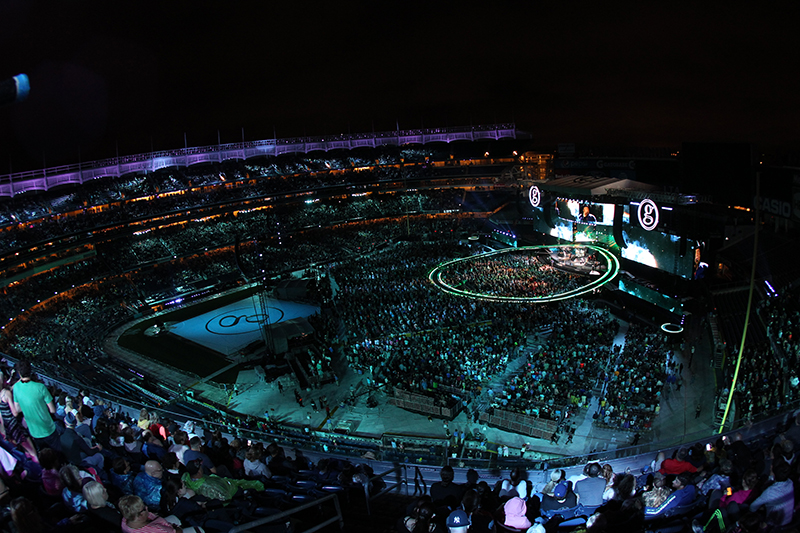
The list of artists he’s worked with include Garth Brooks, Prince, Elvis Costello, Kenny Chesney and Rascal Flatts. Music television series include A&E’s Live By Request, CMT’s CrossRoads, PBS’ Soundstage, MTV’s Hard Rock Live and Nashville Star. There have been feature films, award shows, plenty of comedians and a historic night in 2008 with a newly-elected president.
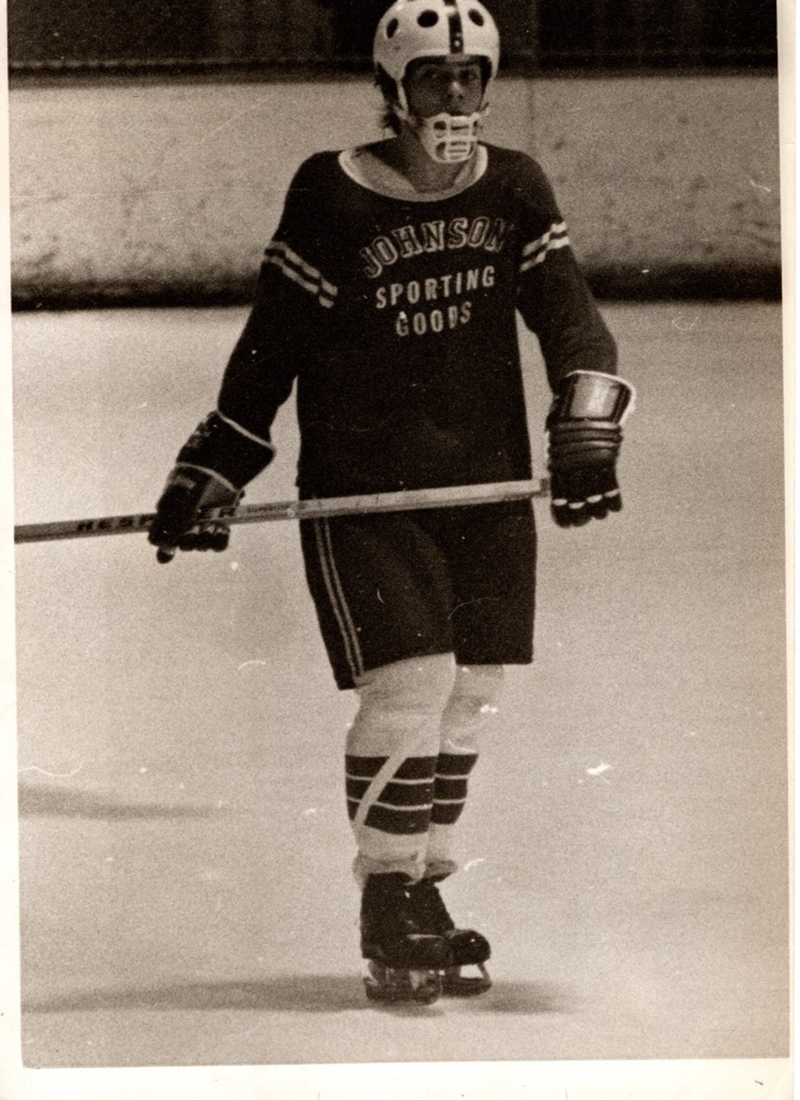
From Hockey to Upstaging
Peterson, born “Robert,” grew up in the Chicago suburb of Des Plaines. As a teen, his passion was playing on local hockey teams, where he befriended a teammate, one Donny Carone. “One day, Donny asked if I’d go with him to help take down some lights at a show for his older brother, who had a small lighting company, and I said ‘Sure,’” Peterson tells. The show was Styx, the brother was Robert Carone, and the company was Upstaging. Peterson must have done an okay job, because next he was helping Upstaging with other shows, including another Illinois-based up-and-comer, REO Speedwagon. These early gigs put up to $25 in Peterson’s pocket per show, plus that $5-a-day per diem.
In late 1973, while working Lynyrd Skynyrd shows, Upstaging saw KISS, who was opening. Everyone saw they were going to be the next big thing. They quickly became Upstaging’s big client. So when it was time to graduate from high school a few years later in 1976, KISS was going out on their Destroyer tour, and Upstaging asked Peterson to be the third guy on the lighting crew.
“I wasn’t an intense student, but I was a good student, especially in math and sciences, and I was a National Merit Scholar Finalist. I was going to go into engineering, but these show opportunities got more and more exciting,” Peterson recalls. His decision didn’t go well at home. “My dad was deeply angered that I was going to give up college plans and basically threw me out of the house.” But his plan was to do the tour that ended in August, and then reassess. Turns out there was not much to reconsider. “I would not have stopped anyway,” but Bob Seger (opening for Kiss on that tour) would ask Peterson to do his lights, and the fact that he had no experience running a lighting board didn’t stop him from saying “Yes.”
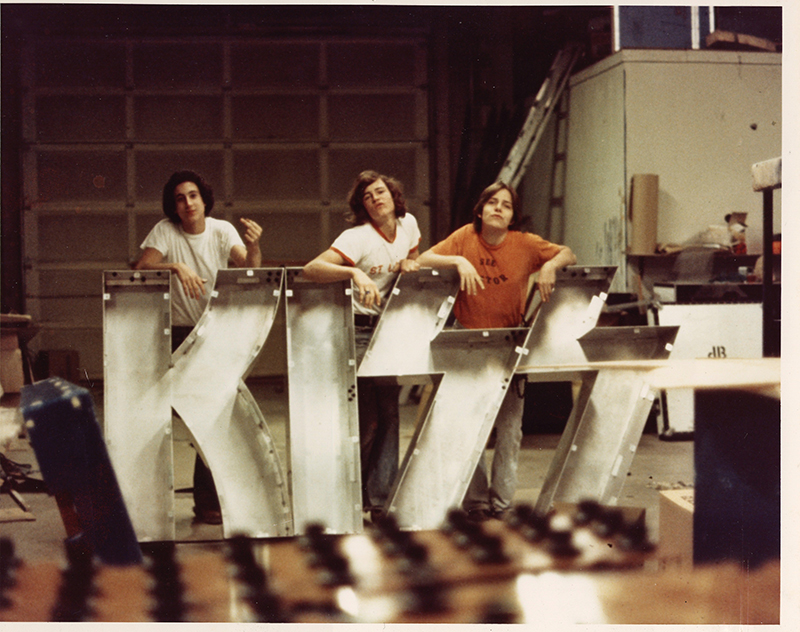
When these rare opportunities come up, you need a little help from your friends. “KISS’s lighting designer, Rick Munroe, immediately helped me get up to speed, and within a week or so, I had a grip on it,” Peterson says. His work was well-received. Peterson adds that a poignant memory was seeing Seger stealing moments at the piano in the hallways backstage working on new songs — songs that would show up on his Night Moves album. Peterson was still part of the Upstaging team, which provided the lighting from then up through 1983 for the Seger tours. At that time, Carone made the fateful decision to just maintain his lighting department while shifting his primary focus to transportation. It was a wicked smart business move, but by then Peterson was dedicated to the lighting business. A parting of the ways ensued.
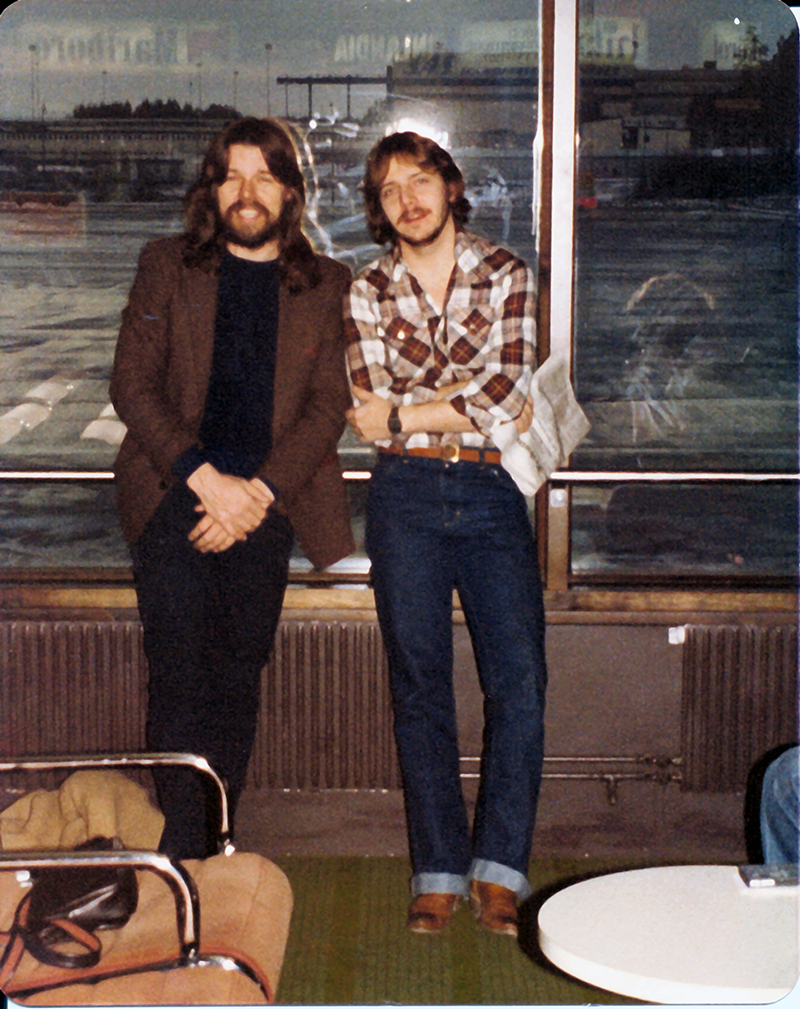
A Growing Client List
Starting in 1980, Seger fell into the pattern of taking three years off between tours. But Peterson was not idle. “The Police had come to Chicago in 1979, and I was lucky enough to bring the lighting gear to their first two real shows here.” Conspiring with longtime Upstaging executive Robin Shaw, “we identified how successful this band was going to be. Robin got on the phone and got me details, and I took the lights and just followed them to their next five shows back East. To the surprise and annoyance of the in-house stage crews, we would just show up and announce that we were the band’s lighting crew.” A Philadelphia venue manager was going to have none of that, insisting that his local lights and people would be used, and an argument erupted. Police tour manager Kim Turner was brought into it. “I told Kim that I was his lighting company and, pleased with the work we had done at previous shows, he said, ‘You sure are.’”
Around this time, Peterson also worked with Parnelli Award-winning production designer Tom Marzullo, who was handling the touring needs of Toby Beau. “That band was opening for Seger, and Tommy and I became fast friends,” Peterson says. “Tommy got Prince’s business soon after. For that tour, they flew in a kid from Rhode Island named Roy Bennett.” Peterson would get to work with Bennett for the first time on Prince’s Controversy tour, and on many tours after that. “Roy didn’t at first fully grasp all the technology available, but his eye and talent was explosive. Getting to collaborate and technically execute Roy’s visions was really something special.” By the mid-1980’s, Peterson was with HiLites, another Chicago vendor. “My brother Douglas came back from the Marine Corps, looked at my list of clients, and suggested starting our own company.” They started Pete’s Lights as Bob went by “Pete” on the road and Douglas was called Sergeant Pete in the corps. In addition to Seger, early clients included Prince, George Thorogood, George Benson and REO. “We didn’t fight any less as adults than we did when we were kids,” he says with a laugh. “Doug has deeply conservative business methods and I was more drawn to artistic risks.” A near-breaking point came with Seger’s 1986 Like a Rock tour. “[Manager] Punch Andrews agreed for us to light the tour for $20,000 a week. He called back three weeks later and said Upstaging was going to do it for $17,000, and asked if we were willing to match it.” Peterson said “No,” and hung up. The brothers fought over that, with Douglas fearing the loss of the tour would cause the young company to go bankrupt. “Punch called back and agreed to our original bid.”
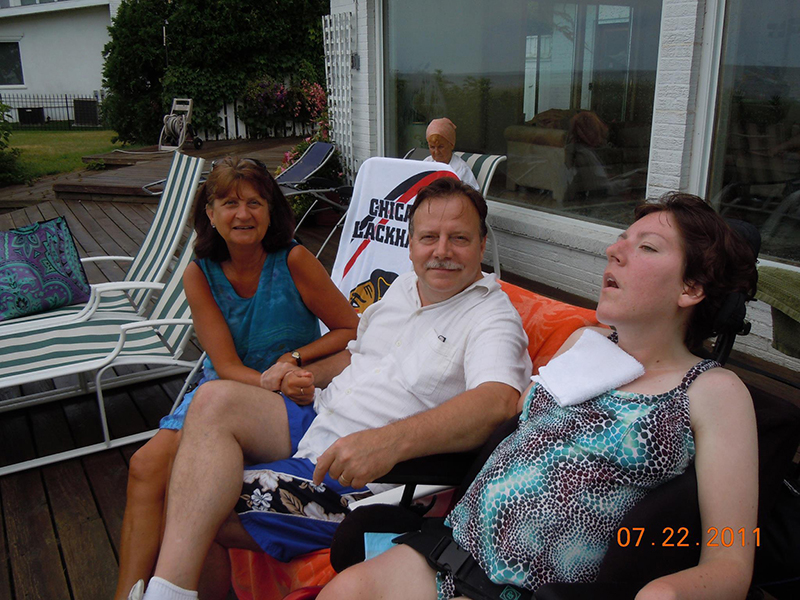
The Chicago Scene
In 1988, Bob Peterson had a daughter, Kimberly. She was born with severe cerebral palsy, respiratory issues and other health complications. “That began a two-and-a-half-year period of just being in the hospital constantly,” he says. He left Pete’s Lights (now Performance Lighting) and, putting family first, forsook the road. When Chicago Stagehand Local 2 heard he was going to be staying in town, his phone rang. “I had been providing equipment, support and technical advice for years, and they reached out and hired me as a house assistant electrician at the Chicago Theater.” In six months, he was department head. “It allowed me to stay in the business, yet provided flexibility to tend to Kimberly’s needs. To this day I’m grateful for all they did, including offering me insurance despite knowing of my daughter’s precarious situation.”
Now for those of you unfamiliar with big city unions, let’s just delicately say that moving a fella with no union card into such a high position ruffled some feathers in an organization rumored to be heavy on nepotism. “There was a 10 to 12 year waiting list to even get a union card, and for me to jump over everyone to that position …well, it was a ‘scandal’ and caused some problems!” he laughs. “The younger fellas ‘in line’ resented me, and there was some acting out, but management held firm, telling me they wanted someone uniquely qualified rather than somebody’s second cousin in the job.” And it was a job, because the theater had recently been through a renovation. Peterson was acquainted with all the new and old technology at the venue. For four years, he and the rest of the IA crew took care of everything that came through, from big touring shows to corporate events and everything in between. Then it was announced that Joseph and the Amazing Technicolor Dreamcoat was coming …and staying a full year. “At that point, I knew there was no way I could do the same thing day after day for a year without becoming a heroin addict,” he jokes.
At this point, his friends and admirers were not going to let his talents go dormant. “[Vari-Lite’s] John Wiseman told [television lighting designer] Allen Branton what I was going through with Kimberly, and he reached out.” Branton was riding the wave of live music and comedy on television, and Peterson became his gaffer. The first gig was for someone named Garth Brooks at Reunion Stadium in Dallas. “I didn’t know much about him, but when I saw him perform, I knew he was Elvis, Frank [Sinatra] and Bruce [Springsteen] all rolled into one.”
That special broke all records for a music event on NBC and cemented a relationship with High 5 Entertainment, which produced it. Next up was being part of their The Road television series, with 13 different one-hour programs (including The Judds, The Band, Johnny Cash, etc.) shot on film around the country. “We built a new lighting system and customized it for each artist. Meanwhile, lighting was going through a revolution as digital cameras and automated lighting were at this point the norm.” Keen to the possibilities, Peterson realized if used right and taking a dramatically different approach to exposures, live performances on television could look better than ever before. He was one of a handful of fellas at the forefront of it, and his TV career skyrocketed.
Peterson’s innovative approach in TV lighting didn’t stop there. The 1990s brought the MTV Unplugged phenomenon, and Branton sent him to Miami to handle Latin music acts. “One of the problems we encountered is that anything left of magenta on the color spectrum just became a vibrating blue mess on the screen,” Peterson says. “We had some extra time and free rein, so we started working at changing the white balance to daylight and adjusted the lights, camera white balance and iris accordingly. Suddenly we had rich lavenders, dark blues and magentas showing up. The more we researched, the more this approach proved to be right, as we were suddenly providing color on TV that no one else could in a concert environment.”
Peterson’s second big contribution involved pretty much repurposing the oldest idea in theater. In doing the Monday Night Concerts series at the Ryman in Nashville, big ol’ cowboy hats sure got in the way a lot. “I thought of resurrecting footlights” despite “a lot of initial resistance.” Undeterred, he and house LD Monica Rose gathered some of the single cell Orion cycs laying around the Ryman and repurposed them for the cowboys as hat lights. In addition to enhancing visibility of each artist’s face, the extra illumination provided a glow and sparkle in the eyes, all created more compelling photography.
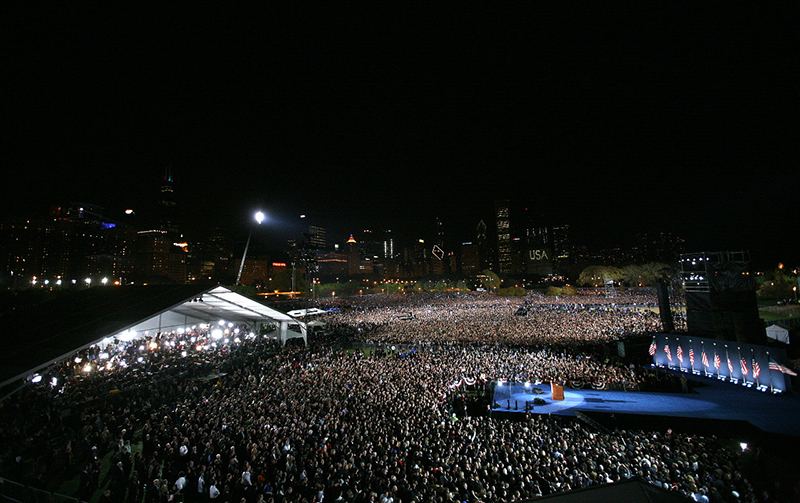
Reflection
One of Peterson’s career highlights came when longtime lighting vendor and designer Robert Roth rang him up in 2008 for Barack Obama’s election night rally in Chicago’s Grant Park. Roth was connected to C3, which had great experience in the park with Lollapalooza. “He asked if he could put my name forward to work on it,” he says. Given the Chicago connections, Peterson passed the exam. If Obama was elected, it would be a historic night. It was complicated though. “They brought up these massive Plexiglas plates for surveillance purposes. But we were told they would be gone election day.” That next morning, they came back and told Peterson that the Plexi walls now had to stay the whole day and during the nighttime speech. “I told them lights were going to bounce off them, and they said frankly there were too many threats out there to take them down.” The answer was once again footlights. Again, there was resistance. “I told them I know nobody does that, but if we do it, one, Obama will look like a million bucks, and two, you can leave your Plexiglas.” It was a beautiful night.
Last year, Seger asked him out for one last time. “The previous year, Bob had ruptured a vertebra, and it was right by his vocal chord.” The surgery went as well as it could have, Seger was relentless with physical therapy, and “he came out a changed man. He was in better physical condition, he had cut back on smoking, and I think Tom Petty’s and Glenn Frey’s recent passings had a profound effect on him, too. When he did that tour, he was more open than ever before, enjoyed himself more than before, and while I’m not going to say his voice was stronger, it had more emotion,” Peterson says. Seger signed a contract with Live Nation that it would be his “Final North American Arena Tour,” but Peterson doesn’t rule out working with him again, be it Europe or some other situation. (From the stage Seger joked he’d be a “wedding singer.”) “I just don’t think he’s done.”
Like pretty much all of us, Peterson has had some time recently for reflection. There are no regrets, but looking back to that point in his career where his career was on a certain path when his daughter was born, he does have some thoughts. “At that point, I had some big dreams of doing the big award shows, of being one of those big Hollywood guys, but needing to care for my daughter was really a tremendous blessing. I’ve been allowed to have a wonderful life/work balance with my wife Marilyn and Kimberly, that I would have missed had I had gone that route.”


